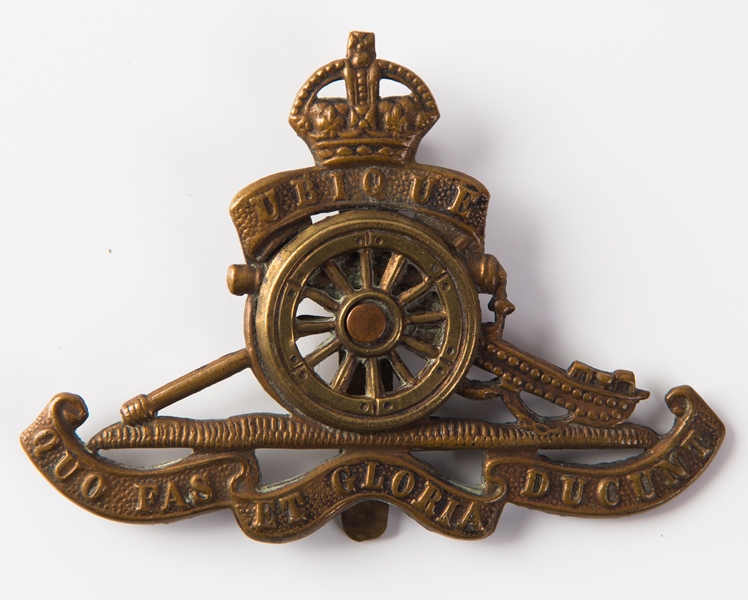Personal Details
Born: 1889 in Clun, Shropshire and baptised on 8 September 1889 at Wentnor Parish Church, Shropshire.
Family: He was the third of eight children born to Joseph Yapp, a farm labourer, and his wife Sarah. He married Kathleen Hysom in 1917 in Whitchurch, Shropshire and together they had one daughter, Elizabeth, born in Whitchurch in 1923.
Residence: In 1891 his family were living at Crossways, Clungunford, Clun, Shropshire. Ten years later and they could be found at 1 Westbury Buildings, Condover, Shropshire. By 1911 they had moved again and were living at 1 Plex Cottages, Albrighton Road, Hadnall, Shropshire. The address shown on his military documents in 1915 was firstly given as 75 Green End, Whitchurch. After his marriage in 1917 it was 75 Talbot Street, Whitchurch, but at some stage that became 24 Dodington, the address given for him in the 1919 Absent Voters` List. There is also a later address of Barmere, Whitchurch on his records. In 1939 he was living at Brookside, Chanctonbury, Sussex.
Employment: In 1911 his occupation was given as an estate carter, but by 1915 he was a police constable. In 1939 his occupation had changed again and he was described as a jobbing gardener.
Died: 1974 in the South Eastern District of Surrey.
Military Details
Regiment: Royal Garrison Artillery
Rank: Gunner
Service Number: 165151
Date of Enlistment: 10 December 1915
Date of Discharge: In 1919
Reason for Discharge: Demobilisation
Charles was awarded the Campaign Medals (British War Medal and Victory Medal)

The British War Medal (also known as 'Squeak') was a silver or bronze medal awarded to officers and men of the British and Imperial Forces who either entered a theatre of war or entered service overseas between 5th August 1914 and 11th November 1918 inclusive. This was later extended to services in Russia, Siberia and some other areas in 1919 and 1920. Approximately 6.5 million British War Medals were issued. Approximately 6.4 million of these were the silver versions of this medal. Around 110,000 of a bronze version were issued mainly to Chinese, Maltese and Indian Labour Corps. The front (obv or obverse) of the medal depicts the head of George V. The recipient's service number, rank, name and unit was impressed on the rim.
The Allied Victory Medal (also known as 'Wilfred') was issued by each of the allies. It was decided that each of the allies should each issue their own bronze victory medal with a similar design, similar equivalent wording and identical ribbon. The British medal was designed by W. McMillan. The front depicts a winged classical figure representing victory. Approximately 5.7 million victory medals were issued. Interestingly, eligibility for this medal was more restrictive and not everyone who received the British War Medal ('Squeak') also received the Victory Medal ('Wilfred'). However, in general, all recipients of 'Wilfred' also received 'Squeak' and all recipients of The 1914 Star or The 1914/1915 Star (also known as 'Pip') also received both 'Squeak' and 'Wilfred'. The recipient's service number, rank, name and unit was impressed on the rim.

